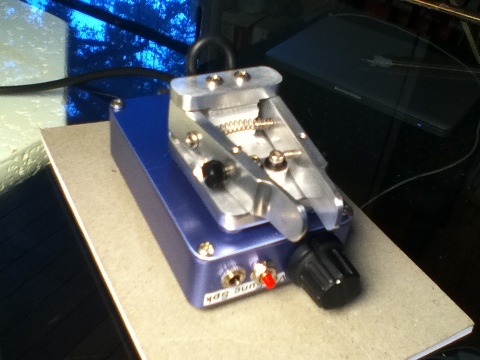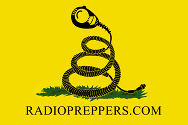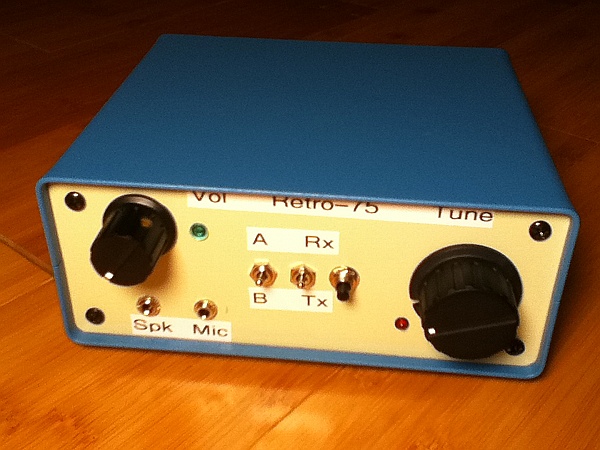
You need a good base for your paddle, right? Well, I bought the DCP paddle kit from American Morse (http://americanmorse.com/dcp.htm). it is a neat little paddle, works really well, doesn't cost much, and is easy to build. I needed to put it on something solid, and what could be better than my Rock-Mite 40? A marriage made in heaven. The Rock-Mite 40 is mounted in a Mity Box, also from American Morse. It is held in place by one screw through the lid, and I used little rubber feet from Radio Shack on the box. The paddle itself has some, so it doesn't move at all. Wherever I take my K1, I will have a CW transceiver backup! I am up to half the alphabet in my code learning endeavor...
Have a great Week-end :)
Gil.

